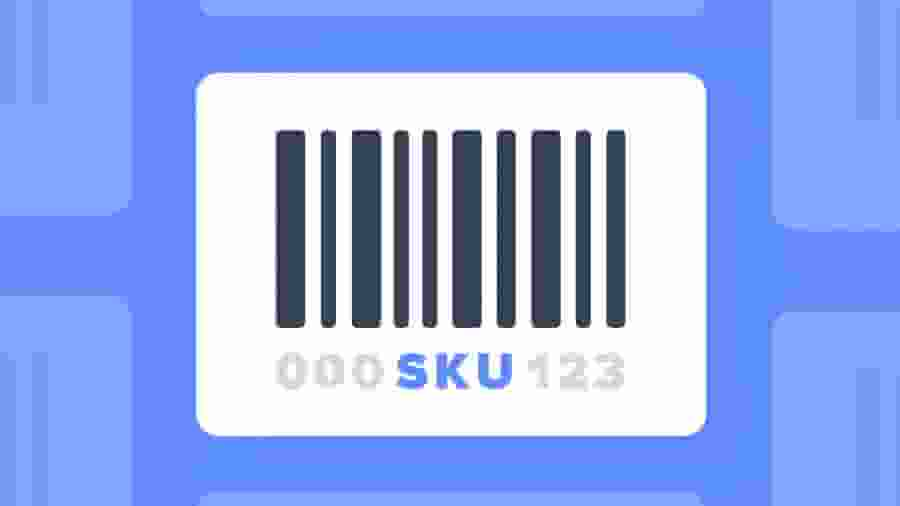Understanding barcodes
The barcode remains the same 12-digit code for each product, regardless of the retailer selling it. This system is easier for your customers to find a specific item at your retail location and know they’re receiving the same item. It distinguishes barcodes from the SKU codes that are unique to your business.
When you manufacture goods or create products, you need to purchase UPCs to ensure the governing body doesn’t issue identical UPCs for two different items. Companies that provide UPCs often sell them online, and most companies maintain rigid integrity standards to prevent duplicate codes on the market. It’s always a good idea to vet the UPC provider you choose.
If your company sells products on a global scale, certain countries may require a specialised version of a UPC. This 13-digit code is an International Article Number (IAN) or a European Article Number (EAN).
If you’re uncertain which code to select for a country where your company plans to sell its products, you can check with the retailer you sell through.
As a small business owner, you want to help your customers find the products and items in your store. SKUs and barcodes can help you track inventory and sales. Try QuickBooks inventory management software with a 30-day free trial if you want efficient software that takes your business to new heights.













